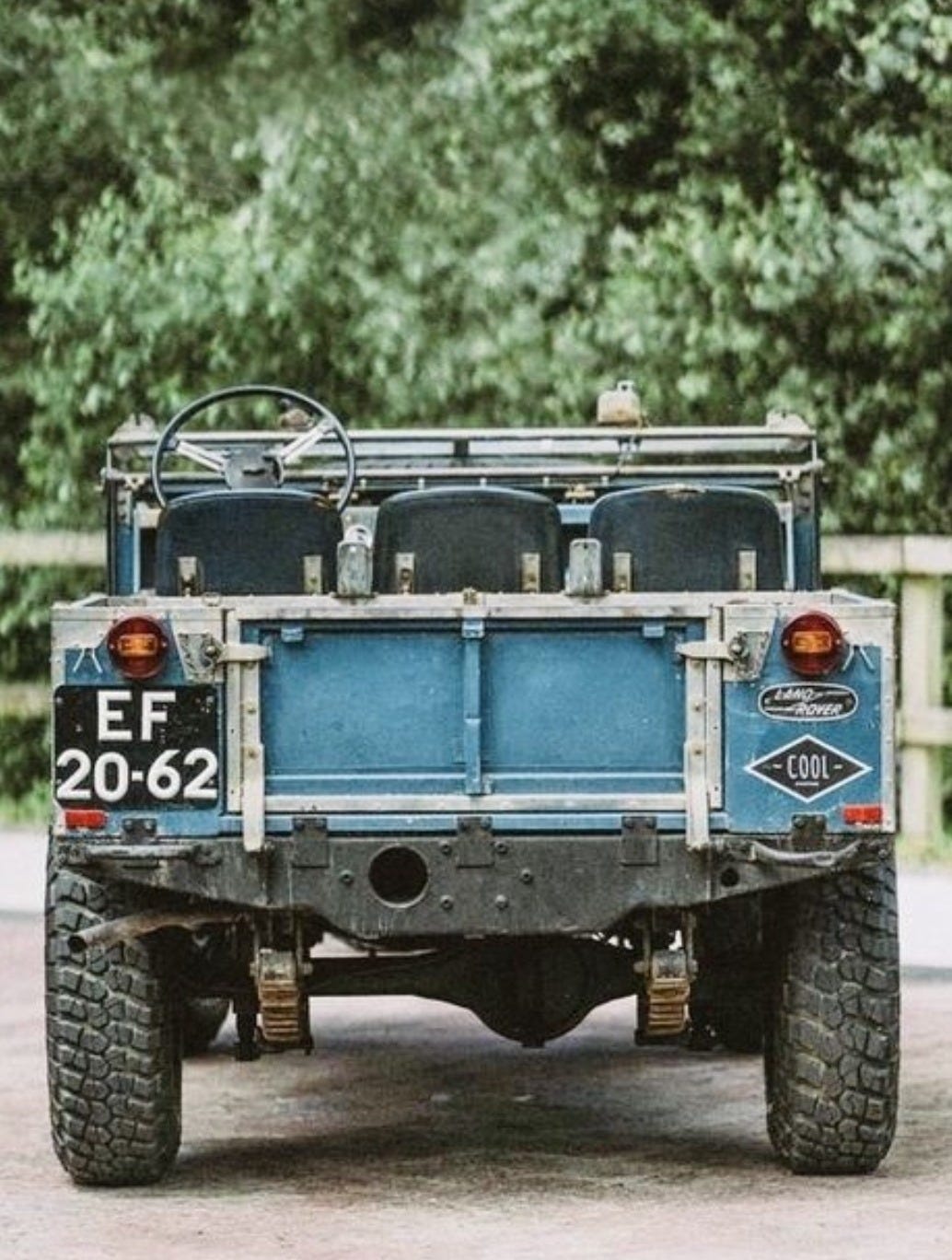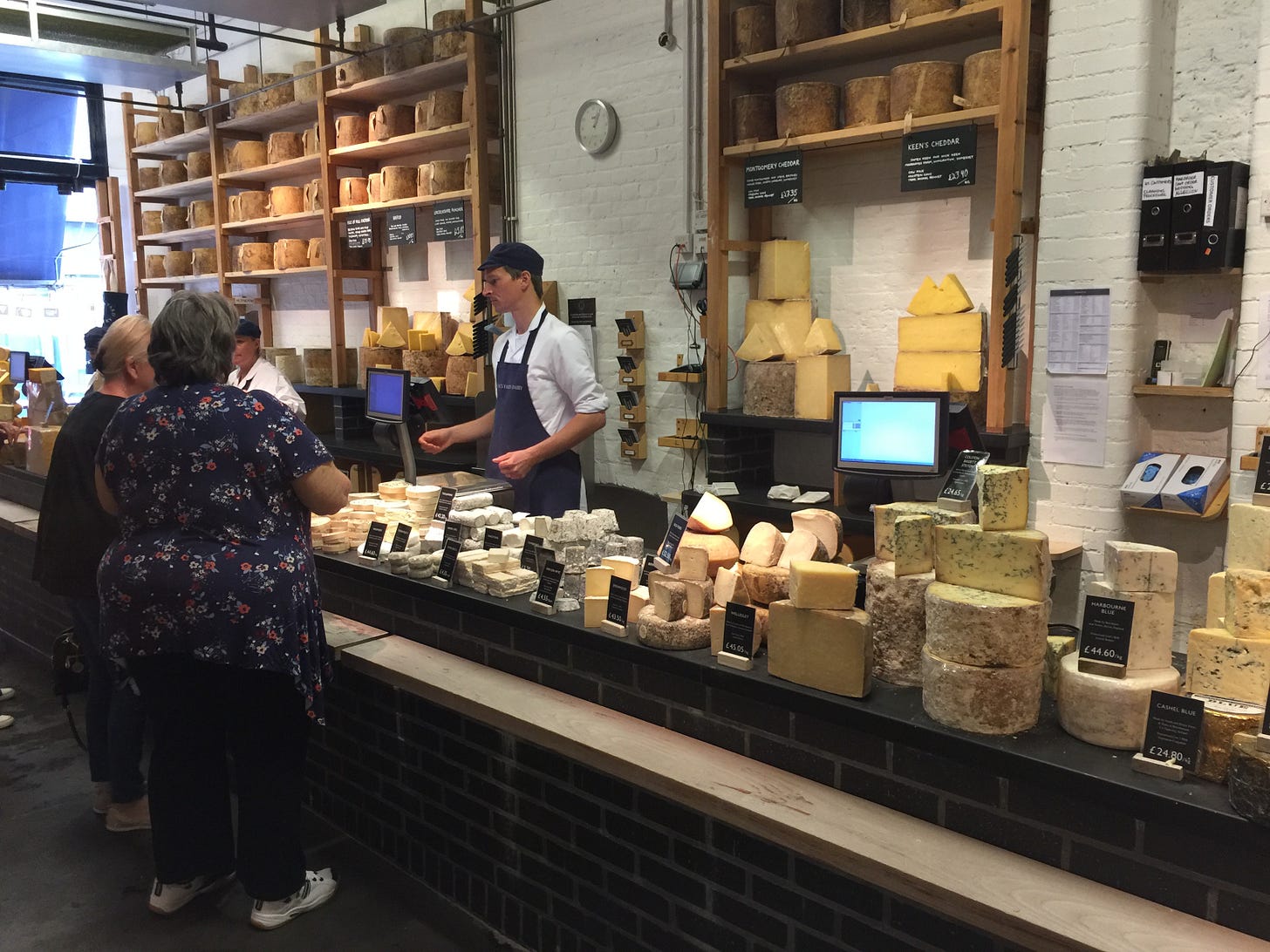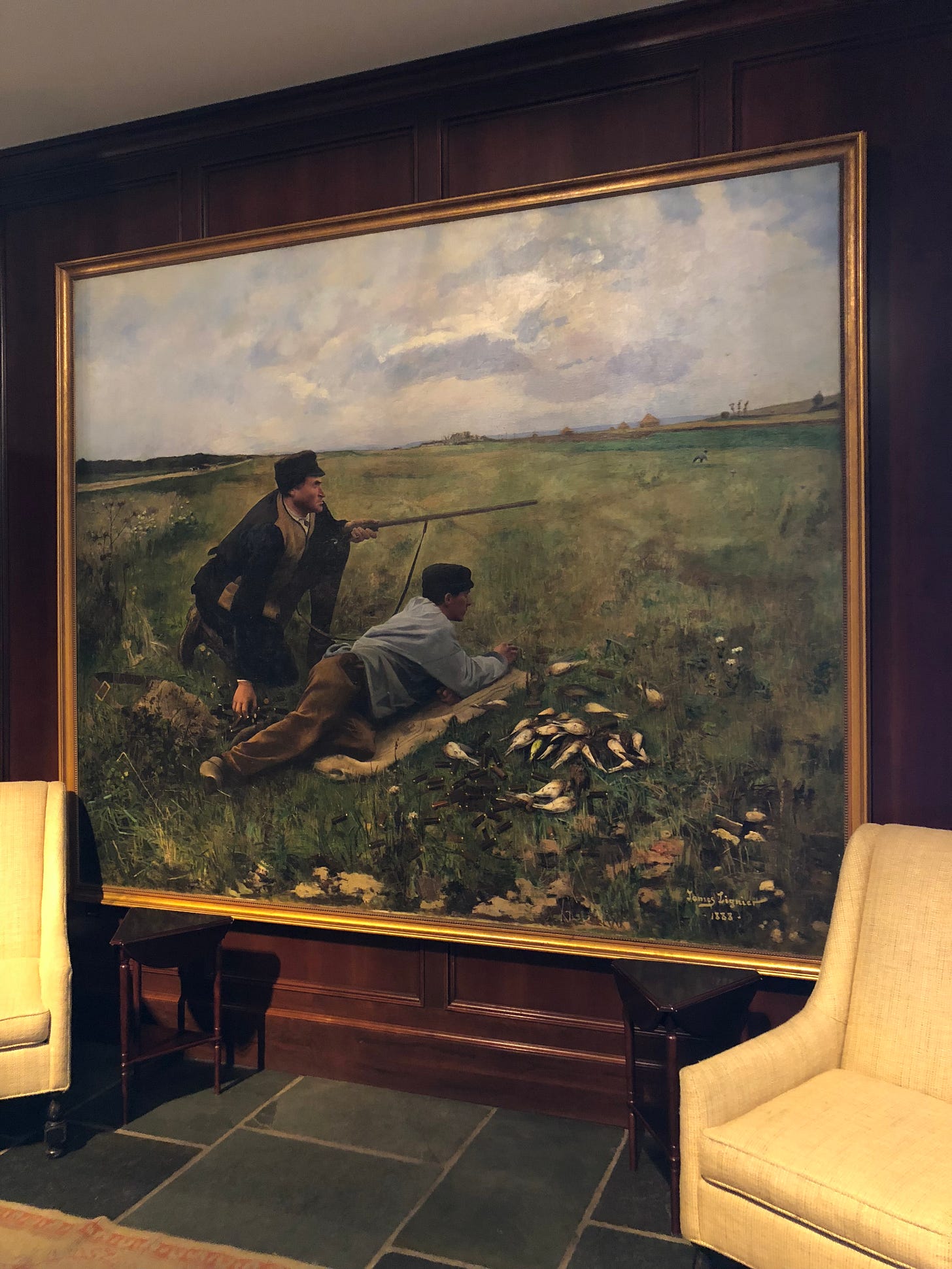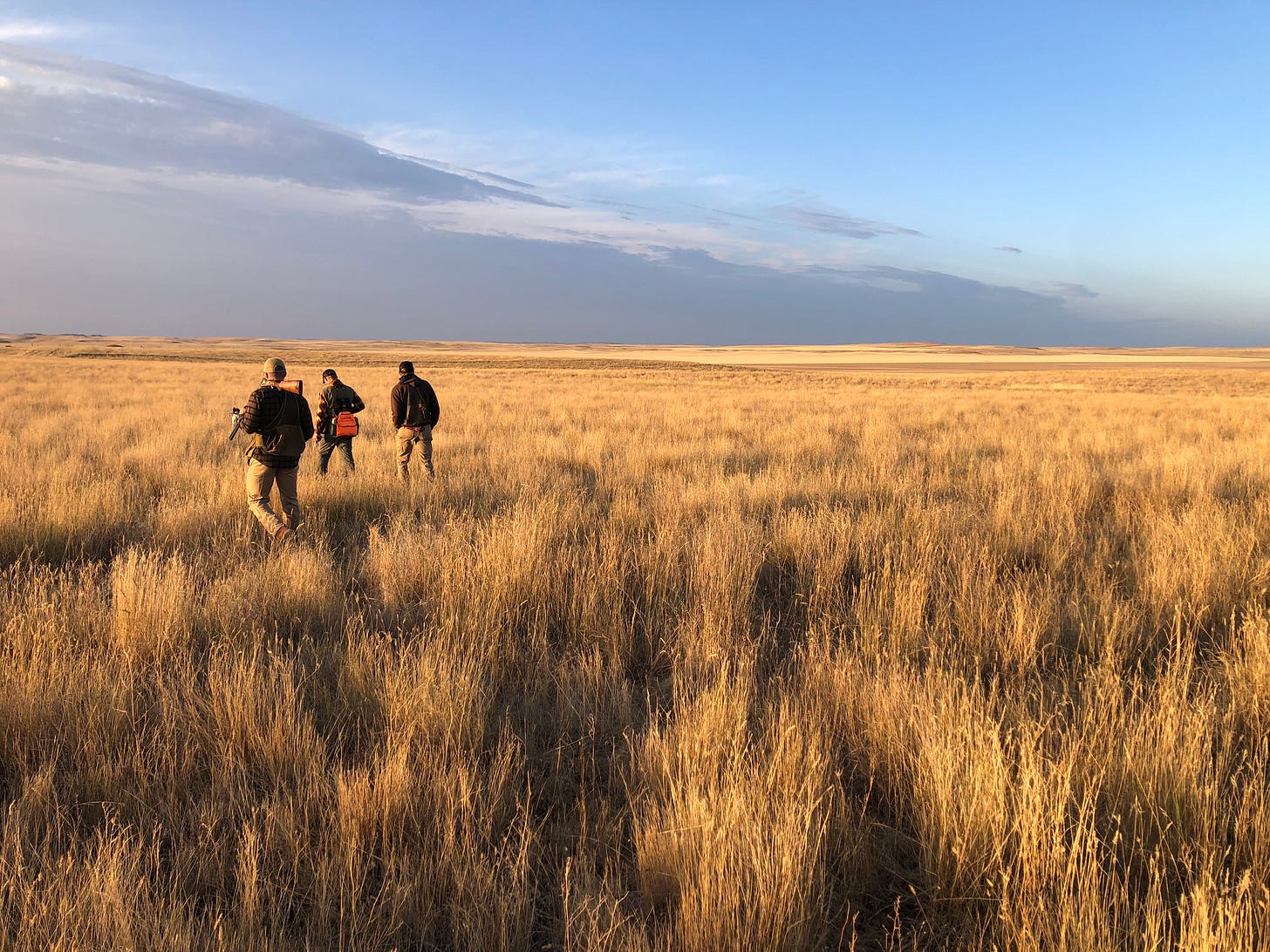The Old Swede: August 28th, 2025
The World Beyond the Gunroom: A weekly dispatch from the edges of tradition, craftsmanship, and refined field life.
Off-Road Well
Cool & Vintage – Portugal’s Most Elegant Garage
In a Lisbon warehouse bathed in soft natural light, a handful of mechanics and dreamers at Cool & Vintage restore and reimagine Land Rover Defenders with an eye for minimalist luxury and functional art. These aren't overland builds with racks and winches—each Defender is a restrained design piece, powder-coated, reupholstered in saddle leather, and photographed like sculpture.
Founded by Ricardo Pessoa in 2012, Cool & Vintage takes a soulful approach to off-road machines. Their vehicles—often in soft matte greens or burnished sand tones—are built for quiet roads to surf breaks or cork forests, not showrooms. Each Defender comes with its own leather-bound photo diary, and many are shipped to collectors across the globe who appreciate the poetry of clean lines and timeless purpose.
More than a restorer, Cool & Vintage represents a revival of analog style in a digital world—Defenders that drive slowly, turn heads quickly, and speak of adventures written on backroads and beaches.
Suggested Read:
Cool & Vintage: The Book
London Best
Neal’s Yard Dairy – The Cheesemonger of Covent Garden
Hidden down a cobbled alley in Seven Dials, Neal’s Yard Dairy is an icon of London’s artisan revival. From its humble beginnings in the 1970s to its present role as the premier affineur of British and Irish cheeses, the shop has stayed true to one ideal: bringing farmhouse cheesemaking back to the high street.
The cheeses here are not simply sold—they are aged, tasted, cared for, and paired with reverence. Mongers in blue aprons offer stories of each wheel: raw milk Lancashire from Kirkham’s, buttery St. Jude from Suffolk, or a hard-aged Doddington from Northumberland with hints of wild garlic and heather.
Neal’s Yard Dairy has become essential to shoot lunches, lodge platters, and London tables alike. Walk in on a damp October afternoon and you're greeted by the scent of hay, salt, and wood. A good wedge of Coolea or Appleby’s Cheshire, wrapped in waxed paper and tucked into a shooting hamper, says as much about taste as any bottle of claret.
Suggested Read:
A Cheesemonger’s History of the British Isles — Ned Palmer
Art & Ephemera
James Camille Lignier – Hunting for Skylarks (1888)
Born in 1868, James Camille Lignier was a French painter whose rural hunting scenes captured the quiet poetry of the European countryside at the turn of the century. His 1888 work Hunting for Skylarks shows two men, side by side in a golden stubble field, scanning the skies as a small spaniel noses through the cover.
Rendered in oil with subtle Impressionist influence, the painting is less about the drama of the hunt and more about its stillness—the pause before action, the bond between sportsmen, and the flight of game that draws the eye skyward. It recalls an era when hunting was as much a part of the cultural rhythm as Mass or market day.
Today, Lignier’s works are rarely seen outside of private collections or occasional European auctions. But Hunting for Skylarks remains a perfect example of sport as quiet ritual, a thread in the fabric of rural life and field memory.
Suggested Archive:
Catalogue of Lignier’s Works — École des Beaux-Arts Archives
Suggested Read:
Impressionism & the Sporting Landscape
Gamekeeper Journal Entry
The Keeper as Community Steward
A keeper is more than a custodian of birds—he is a living bridge between tradition, ecology, and rural life. In upland hamlets and highland glens, his presence marks a year-round rhythm: feeding in February, trapping in March, dogging-in July, and drives come October.
But beyond the shoot calendar, the keeper plays a quieter role. He mends gates. He checks on neighbors during hard winters. He leads the school’s clay day and helps train young dogs for the village lads. He knows where the hare lays and when the hens first nest. His is a life woven into the land, not imposed upon it.
In an age of fragmented rural life, the keeper offers continuity. His skills—predator control, habitat rotation, species counts—serve both game and songbird alike. And when the guests go home and the hills fall silent, he remains. The moor, the woods, and the wide sky are still his to tend.
Suggested Read:
The Gamekeeper — Ian Niall
Interview: “The Last Keepers” – Countryside Podcast UK
Montana Dispatch
Why Sharptail Grouse Thrive Across the Prairie States
Spanning the open grasslands of Montana, South Dakota, and Wyoming, the sharp-tailed grouse is a master of the American prairie—a bird deeply rooted in native ecology and Indigenous lore. Unlike its wooded cousins, the sharptail prefers undisturbed sagebrush, native grasses, and rolling steppe, where it forages for berries, grains, and insects year-round.
These landscapes, though harsh, when managed properly by ranchers and conservation programs like CRP (Conservation Reserve Program), allow native habitat to recover between grazing and planting cycles. The result? Large tracts of ideal ground for sharptails to nest, dance, and thrive.
While pheasants often dominate the upland press, the sharptail remains a true native—smaller, spookier, faster to flush, and arguably more challenging to shoot. Its survival is due not to hatchery programs or estate management, but to healthy rangeland and a landscape still large enough to let the wind work its will.
To walk for sharptail in these states is to step into a field that still whispers the years old language of game and grass.
Shooting Estate or Club Invitation
The Syndicate — Sporting Democracy at Its Best
Among the many ways to belong in the world of shooting, few match the camaraderie and value of a well-run syndicate. Unlike commercial days or invitation-only shoots, syndicates allow a small group of sportsmen to jointly lease or rotate among multiple estates during the season, often with fixed peg prices and shared costs.
A syndicate day is less about pomp and more about shared tradition. Guns pitch in with dog handling, beaters are known by name, and elevenses may be passed around from a wicker flask. Everyone has a stake—not just financially, but emotionally.
The best syndicates are multi-generational, with sons joining fathers and friends becoming family. Some lease Highland beats for stags, others rotate between low ground partridge in Suffolk and high birds in Wales. The variety adds flavor, and the consistency builds lore.
In a time when access to wild ground is increasingly commercialized, the syndicate remains a gentleman's cooperative—democratic, grounded, and loyal to the land.
Suggested Reads:
Shooting Times on Syndicate Sport — Autumn Issue
Quote from GunPlow
“When you first get into bird hunting it's all about getting the bird. Then you start enjoying the habitat and scenery, how the dogs are working. Then it’s the sharing with other people. That's when it all comes together.”
- Dave Perkins of ORVIS







